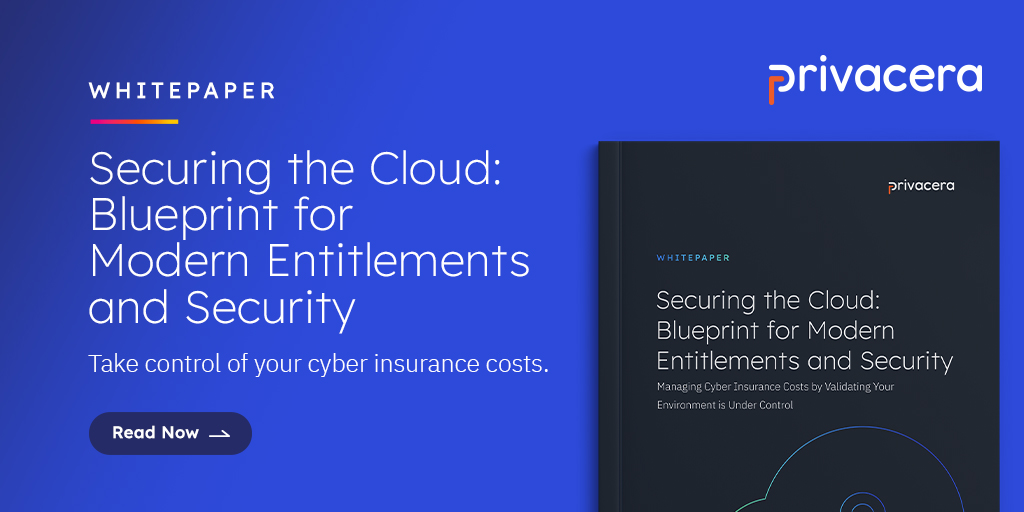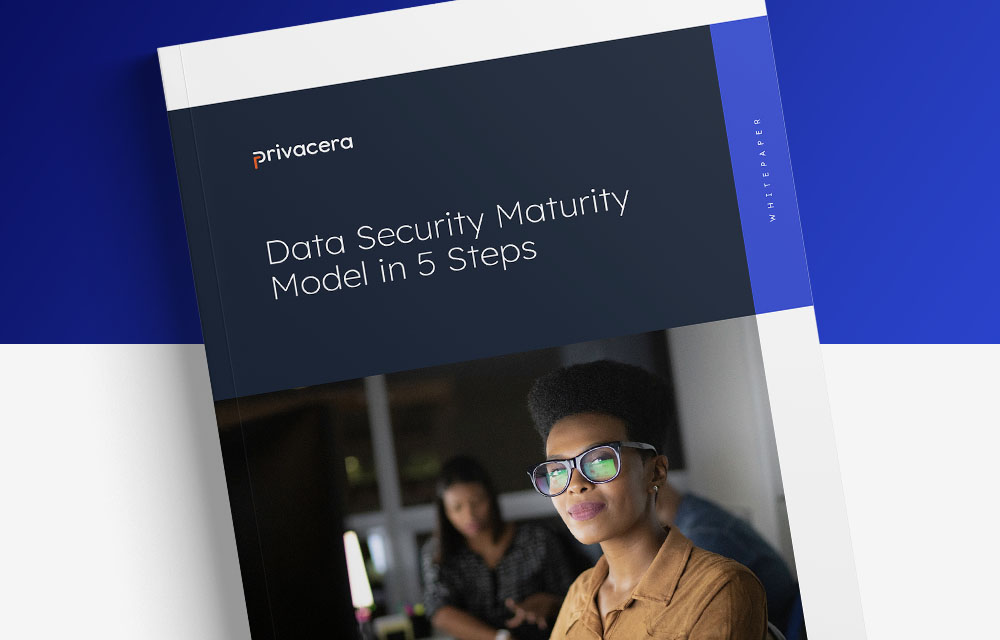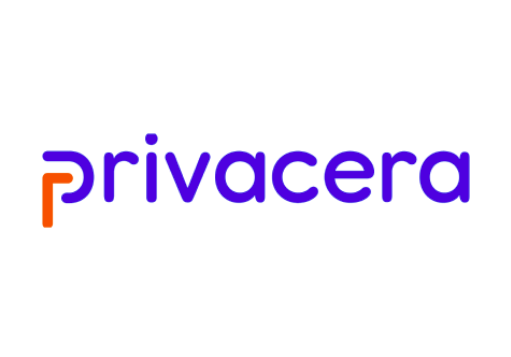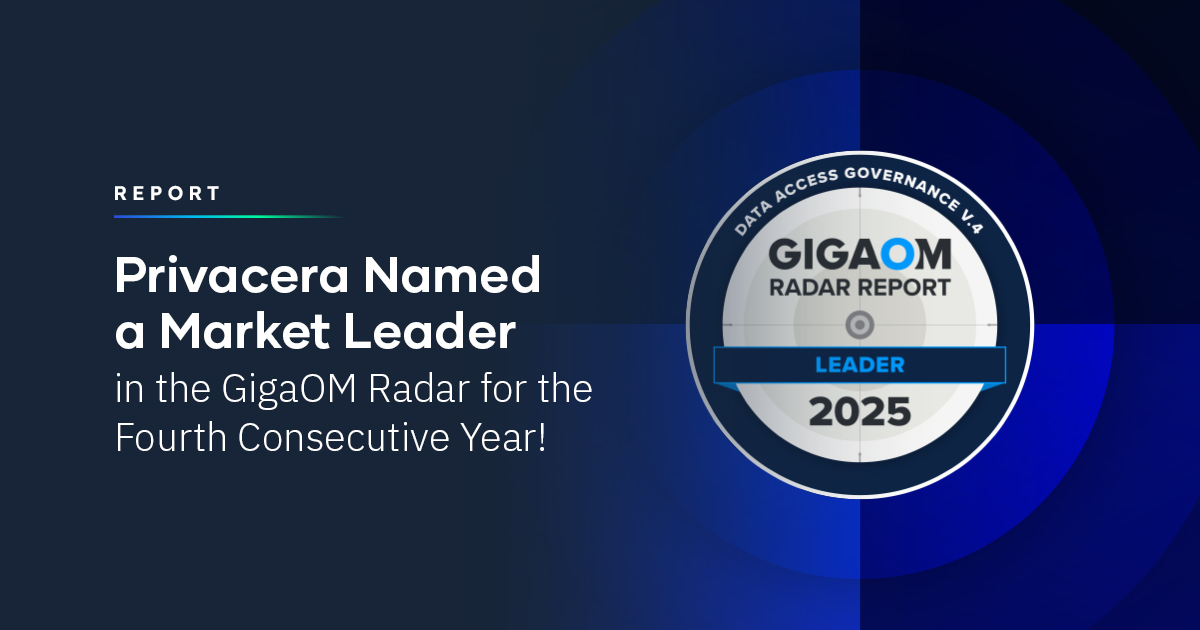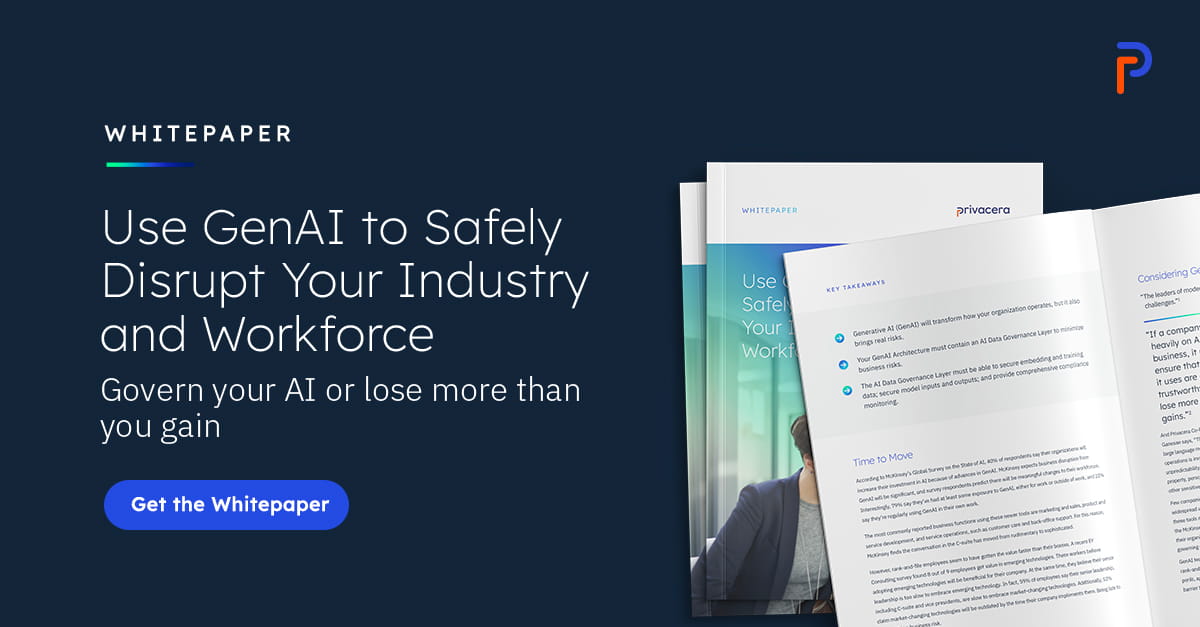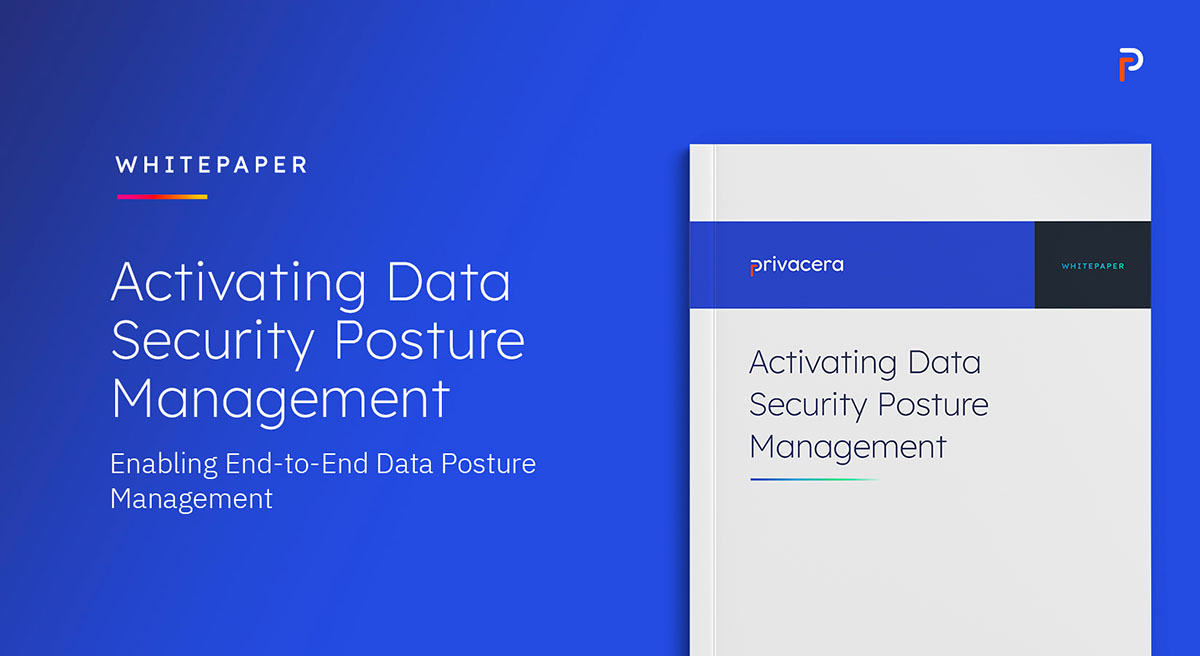
As organizations become more data-driven, the need for secure, streamlined access to data has never been more critical. Data access governance (DAG) is at the heart of this transformation, ensuring that sensitive information is protected while empowering teams to work with the data they need. However, as data environments become increasingly complex – spanning hybrid, multi-cloud infrastructures and integrating with advanced technologies like generative AI – traditional models of data access are struggling to keep up.The GigaOm Radar for Data Access Governance highlights how this space is evolving, identifying key trends, features, and capabilities that organizations should prioritize when looking for a data governance solution. But, with a crowded market of solutions, how can organizations identify the right one to support their data-driven ambitions? In this blog, we’ll explore top takeaways from the GigaOm Radar for Data Access Governance, how Privacera’s platform is built to address these evolving needs and why it was chosen a Leader.
The Growing Need for Agile and Secure Data Access
In today’s fast-paced business environment, organizations need to balance accessibility with control. Employees – from data scientists to sales teams – rely on timely access to data for informed decision-making. However, granting access without compromising security or compliance has always been a challenge. Traditional models often involve manual processes, approval layers, and delays that hamper business agility and innovation.
With the further rise of multi-cloud and hybrid environments, the complexity of managing data access has only increased. Organizations are realizing that they really need a way to ensure consistent governance across diverse platforms, while maintaining real-time access to data. This is where automated, fine-grained access controls across multi and hybrid clouds become crucial.
The GigaOm Radar underscores the importance of finding solutions that not only enable fast data access but also safeguard it with sophisticated, dynamic security measures. Solutions that incorporate automation can significantly reduce the risk of errors and compliance violations, ensuring that governance policies are consistently applied without the manual overhead.

Evolving Data Governance Challenges in the Age of Generative AI
The rapid expansion of generative AI and machine learning has added another layer of complexity to data access governance. As these technologies become integral to business operations, they often interact with vast amounts of unstructured data – requiring new, innovative approaches to data governance.
One of the key challenges organizations face is governing access to the data used by AI models, particularly when it comes to large language models (LLMs) and generative AI frameworks. Without proper oversight, sensitive data could be exposed in prompts, model outputs, or even through unintended biases introduced by the AI.
The GigaOm report touches on this emerging issue, noting that organizations are increasingly seeking solutions that can provide comprehensive governance for generative AI workloads. These solutions must offer advanced security features, such as data masking, encryption, and fine-grained access controls, to ensure that data remains secure while being used to train and deploy AI models.
The Need for Real-Time Risk and Compliance Monitoring
As regulatory requirements become more stringent, organizations are under increasing pressure to demonstrate compliance with data protection laws like GDPR, CCPA, HIPAA, and others. Compliance is not just about avoiding penalties; it’s about fostering trust with customers and stakeholders.
The GigaOm Radar report identifies several key capabilities that modern data governance platforms must have to address compliance challenges effectively. These include real-time monitoring of data access and usage, automated policy enforcement, and comprehensive audit trails to ensure that organizations can quickly respond to regulatory changes and potential security threats.

How Privacera Addresses These Evolving Challenges
While many organizations are grappling with these challenges, Privacera stands out as a solution that effectively addresses the current and future needs of data access governance. Based on the GigaOm report, here’s how Privacera can help:
1. Automated Data Governance at Scale
Privacera’s unified data security platform allows organizations to automate the process of data discovery, classification, and access control. With automated workflows and policy enforcement, Privacera ensures that data access is governed consistently across hybrid and multi-cloud environments. This enables businesses to achieve “Birthright Access” – where data is available to those who need it, when they need it, without compromising security or compliance.
2. Fine-Grained Access Control Across Multi-Cloud Environments
One of the standout features of Privacera is its ability to enforce fine-grained access control policies across diverse data sources. Whether it’s cloud platforms like Snowflake and Databricks or on-premises systems, Privacera integrates seamlessly to ensure that data access is governed by precise, attribute-based policies. This flexibility is critical for organizations with complex, multi-cloud data architectures.
3. Generative AI Governance
Privacera’s AI Governance capabilities are designed to secure generative AI workloads, providing robust controls for managing access to training data, prompts, and model outputs. By integrating with frameworks like OpenAI and Amazon Bedrock, Privacera ensures that organizations can govern access to their AI systems while mitigating risks like data leakage and model bias.
4. Real-Time Compliance and Risk Monitoring
Privacera’s Posture Manager and auditing features allow organizations to maintain a real-time view of their data security and compliance posture. By continuously monitoring access patterns, Privacera helps organizations identify over-permissioned access, detect anomalies, and automatically remediate potential risks. This proactive approach to compliance and risk management ensures that businesses stay ahead of regulatory requirements and avoid costly penalties.
5. Seamless Integration with Existing Tools
With over 50 native connectors to popular data platforms, Privacera integrates seamlessly with existing data management and analytics tools. This makes it easy for organizations to enforce governance policies without disrupting existing workflows or technology investments.
The Future of Data Access Governance: A Strategic Imperative
As organizations continue to evolve and adapt to the demands of the modern data landscape, data access governance will play an increasingly important role. The GigaOm report highlights how automation, AI governance, and real-time risk monitoring are becoming essential components of effective data governance strategies.
By embracing solutions like Privacera, organizations can ensure that their data access policies are not only secure and compliant but also agile enough to support the fast-paced, data-driven environment of today’s business world.
Download the GigaOm Radar for Data Access Governance Report
Want to dive deeper into the insights from the GigaOm Radar? Download the report now to see how top platforms compare – and why automated, secure data access is now mission-critical.
Learn More About Privacera
Curious how Privacera can help your organization with data access governance? Request a demo to see how we can empower your data security strategy.


